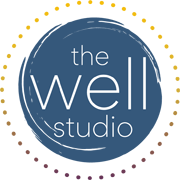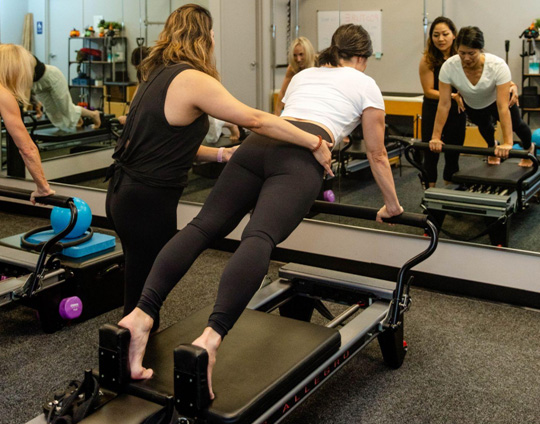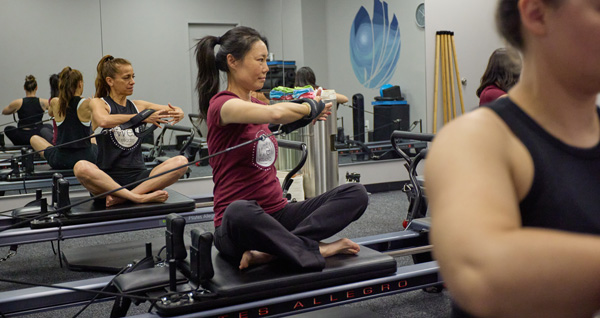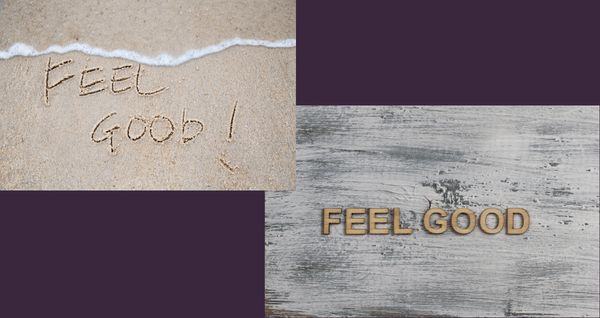If you’ve heard the buzz around Pilates and are wondering what all the excitement is about, you’re not alone! While the popularity of Pilates has surged in recent years, this exercise method has been around for over a century. It’s a testament to its foundational role in fitness, and today, it’s still one of the most effective forms of physical activity for building strength, improving flexibility, and maintaining overall well-being.
A Brief History of Pilates
Pilates was developed by Joseph Pilates in the early 20th century. Originally conceived as a rehabilitation method for World War I soldiers and later adopted by professional dancers, Pilates was designed to help people recover from injuries, rebuild their strength, and improve their overall mobility. The beauty of Pilates lies in its simplicity and adaptability, and its ability to work on isolated muscle groups while maintaining focus on alignment, flexibility, and control.
Joseph Pilates believed in the connection between the mind and body and structured his exercises to improve mental focus and physical strength simultaneously. While the original focus was on injury recovery, Pilates has since evolved into a multi-dimensional fitness modality with a wide range of benefits for people of all fitness levels.
The Rise of Modern Pilates
Though Pilates has always had a loyal following, its recent rise in popularity can be attributed to several factors. One of the main reasons is its adaptability: Pilates can be performed on a mat, using just your body weight, or with specialized equipment like the Reformer machine. It’s suitable for people of all ages and fitness levels, from beginners to advanced practitioners, making it a versatile choice for anyone looking to improve their fitness.
The modern Pilates movement has taken the core principles created by Joseph Pilates and expanded them into various formats. You’ll find Pilates classes that focus on mindfulness and breathwork, while others lean into a more strength-based approach, integrating Pilates movements into high-intensity workouts. This evolution has broadened the appeal of Pilates, bringing it into mainstream fitness studios, boutique gyms, and physical therapy practices alike.
Pilates is also making waves in the wellness world as an excellent complement to yoga, strength training, and cardio. In fact, its unique ability to tone muscles, improve flexibility, and enhance mental clarity makes it an excellent standalone practice or a valuable addition to other forms of exercise.
The Science-Backed Benefits of Pilates
Pilates isn’t just another fitness trend; its effectiveness is backed by science. Research has shown that practicing Pilates can lead to a range of health benefits, including improved strength, flexibility, and mental well-being.
Here are some specific ways Pilates can improve your physical health:
1. Boosts Muscle Mass and Strength
Even just one Pilates session per week has been shown to increase muscle mass and strength. Because Pilates emphasizes controlled movements, it targets both the small stabilizing muscles and the larger muscle groups. This type of movement is highly effective in building lean muscle without adding bulk.
According to a study published in the *Journal of Strength and Conditioning Research*, participants who practiced Pilates for 12 weeks saw significant improvements in muscle strength, endurance, and flexibility.
2. Improves Flexibility and Mobility
Pilates is renowned for its ability to improve flexibility. By focusing on stretching and lengthening muscles, it increases joint mobility and helps prevent injuries. This is one reason why many physical therapists incorporate Pilates into their rehab programs—it’s an excellent way to increase range of motion without straining the body.
A study published in the *Journal of Bodywork and Movement Therapies* found that participants who engaged in regular Pilates sessions experienced a significant increase in their flexibility over time. Flexibility is essential not just for athletes and dancers but for anyone looking to move freely and comfortably in everyday life.
3. Enhances Mental Well-being
One of the lesser-discussed benefits of Pilates is its impact on mental health. Pilates encourages mindfulness by requiring you to focus on your breath and body alignment, which helps reduce stress and promote relaxation. Many people report feeling mentally rejuvenated after a Pilates session, similar to the “yoga glow.”
Moreover, studies show that Pilates can improve mood and reduce symptoms of depression. In a research article published by *Frontiers in Psychology*, researchers found that participants who practiced Pilates experienced notable improvements in mood, self-esteem, and overall mental well-being. These benefits are often linked to the deep breathing techniques and mental focus that are integral to the Pilates practice.
4. Aids Weight Loss and Boosts Metabolism
While Pilates isn’t typically seen as a high-calorie-burning workout like cardio, it can still contribute to weight loss. Pilates helps build lean muscle mass, which in turn boosts metabolism. This is especially beneficial for individuals struggling with obesity. Studies have shown that Pilates can have a positive effect on body composition, helping practitioners lose body fat while building muscle.
Additionally, because Pilates enhances body awareness and mindfulness, many practitioners find that it helps them make healthier lifestyle choices outside the studio, further supporting weight loss goals.
5. Promotes Cardiovascular Health
Mat-based Pilates has been shown to help lower blood pressure, making it a heart-friendly workout. One study found that practicing Pilates regularly improved cardiovascular health markers, such as blood pressure and resting heart rate. This makes it an excellent option for people looking for a low-impact workout that still provides heart-health benefits.
Reformer-based Pilates, which incorporates equipment to add resistance, can also help speed up injury recovery and build strength. The combination of strength training, flexibility work, and controlled breathing helps create a balanced workout that enhances both cardiovascular and muscular health.
How to Get Started with Pilates
Now that you know the buzz around Pilates and its numerous benefits, you might be wondering how to get started. Luckily, Pilates is accessible and easy to begin with, even for complete beginners.
1. Ask Around
A great way to start is by asking a friend or relative who already practices Pilates. They may know of local studios or instructors they can recommend, or you might even be able to join them for a class! Having someone you know guide you through your first class can help you feel more comfortable and confident.
2. Find a Studio
You can also simply search for “Pilates near me” on Google. Many studios offer beginner classes or free trials, so you can try a few different places before deciding on the right one for you. Be sure to read reviews and check out the credentials of the instructors to ensure you’re getting a high-quality experience. If you’re not sure where to start, websites like *Mindbody* can help you find Pilates classes in your area and even let you book them online.
3. Try Pilates at Home
If you prefer to start in the comfort of your own home, there are plenty of online resources to guide you through your first Pilates workout. Platforms like *YouTube*, *Alo Moves*, and *Glo* offer beginner-friendly Pilates classes that you can follow along with. All you need is a mat and some comfortable workout clothes.
Starting with mat-based Pilates at home is a low-cost and convenient option, especially if you’re not ready to commit to a studio membership just yet.
4. Consider doing a 1:1 intro to Pilates and the Reformer at The Well Studio
Let one of our certified Pilates Instructors introduce you to Pilates and the Reformer! We offer complimentary intros to see what modality of workout feels best for you and…we get you started on the path to a stronger, more active you.
Why Pilates Is Here to Stay
The rise of Pilates isn’t just a passing trend. Its long-standing reputation as a reliable and effective workout has made it a staple in fitness circles worldwide. Whether you’re looking to build strength, recover from an injury, or find a more mindful approach to exercise, Pilates offers something for everyone.
With the growing interest in wellness, mindfulness, and functional movement, Pilates will likely continue to thrive. Its ability to combine physical conditioning with mental focus is part of what makes it so special, and with various formats available, it’s easy to see why people of all ages and fitness levels are getting on board.
Ready to give Pilates a try? Whether you’re signing up for your first class or rolling out a mat at home, this timeless practice is sure to provide you with both immediate benefits and long-term gains. Start your Pilates journey today, and see for yourself what all the buzz is about!



